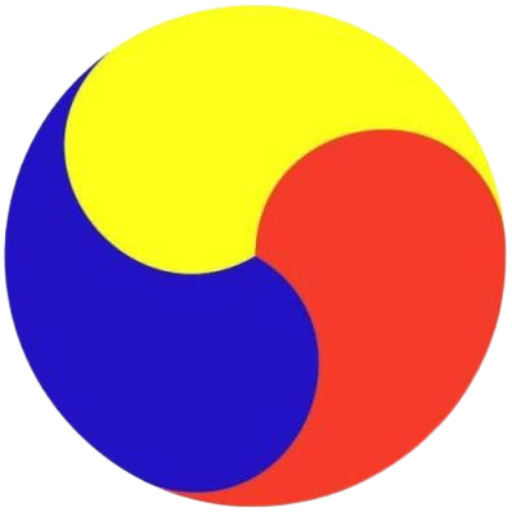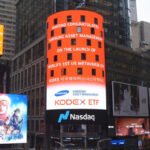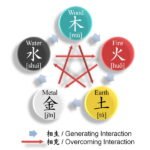LG Energy, GM’s second Ultium Cells plant in Tennessee
NASHVILLE – Some 60 km south of Nashville, the capital of Tennessee, lies a huge plant churning out battery cells that will eventually land in sleek, premium electric vehicles such as the Cadillac Lyriq and the Chevrolet Equinox.
Located on a 247,000-square-meter plot of land, about 35 times the size of a soccer field, Ultium Cells Spring Hill is the $2 billion joint venture between South Korea’s LG Energy Solution Ltd., the world’s second-largest battery maker, and General Motors Co.
The LG-GM joint venture, Ultium Cells LLC, put the Spring Hill factory with a production capacity of 35 gigawatt hours (GWh) into operation in March.
The plant, Ultium Cell’s second battery cell manufacturing facility in the US, is slated to gradually ramp up its output capacity to 50 GWh, enough to power 600,000 high-performance pure electric cars that can run 500 km on a single charge.
LG says the new plant is running on a cutting-edge smart factory system to maximize productivity through an automated manufacturing process and quality inspections.
Executives from GM and LG Energy Solution pose for a photo after announcing a $275 million investment in Ultium Cells in 2022
SIMULATORS
Among the most notable facets of the smart system, according to Ultium Cells officials, are the 16 simulators inside the plant, which virtually teach new employees what it’s like to work on every production line.
“Battery work could be complicated for new workers. The simulators play a big role in getting them accustomed to job sequences and increase productivity as a result,” Kim Young-duck, chief of the second plant, said last Thursday when he opened the factory to journalists for the first time since its launch.
Kim, who oversaw the development of the simulators, said: “The second factory, built on LG’s solid partnership with GM, will grow into a core base for the North American electric vehicle market along with the first and third factories.”
First batches of pouch-type batteries “made by Ultium Cells Spring Hill” have already been delivered to GM for the US automaker’s latest EV models, including the Cadillac Lyriq and the Chevrolet Equinox.
Compared to LG’s other battery plants in the US and globally, the Spring Hill plant boasts of a high product yield, or the percentage of products that meet quality standards.
“In just one month into operation, the plant achieved a product yield of over 90%, which is remarkable,” he said.
For LG Energy’s battery plant in Poland, which was completed in 2018, it took more than a year to reach the 90% yield.
LG Energy Solution’s global battery production facilities
CATHODE PLANT IN CLARKSVILLE
In Clarksville, 140 km north of the Spring Hill battery plant, LG Chem Ltd., parent of LG Energy and Korea’s largest chemical company, is building a cathode plant, a key EV battery material.
The plant broke ground last December and the foundation work is under way.
Once up and running, the plant will produce 60,000 tons of cathode materials annually, enough to make batteries for 600,000 pure EVs.
LG Chem has already signed a 25 trillion won ($18 billion) contract to supply cathode materials to GM.
Last October, the company also signed a 2.9 trillion won deal to supply cathode materials to Toyota Motor’s US battery plant, Toyota Motor Engineering & Manufacturing North America.
LG Chem said the Clarksville cathode plant, when completed in 2026, will serve as its North American customer base.
TRIANGULAR PRODUCTION BELT
The production complex LG Group is building in Tennessee is emerging as LG’s main production base in North America.
The “triangular production belt” that houses LG plants for home appliances, batteries and battery materials, boasts high production yields and large-scale production capacity.
LG said the Tennessee production belt is its bridgehead to the US market, where the business environment is rapidly changing due to the US-China conflict.
To the east of LG’s Tennessee battery facilities lies the LG Highway, which connects Spring Hill to Clarksville, also home to LG Electronics Inc.’s washing machine plant. The Tennessee state government named it LG Highway in 2018 to commemorate the completion of the LG washing machine plant.
LG says its plants in Tennessee are strategically located as the state borders eight other states, including Georgia and Alabama, home to large international companies.
“Tennessee’s population is growing, particularly young people, even after the pandemic, making it easier to secure employees,” said an LG official.
By In-Seol Jeong
surisuri@hankyung.com
In-Soo Nam edited this article.














